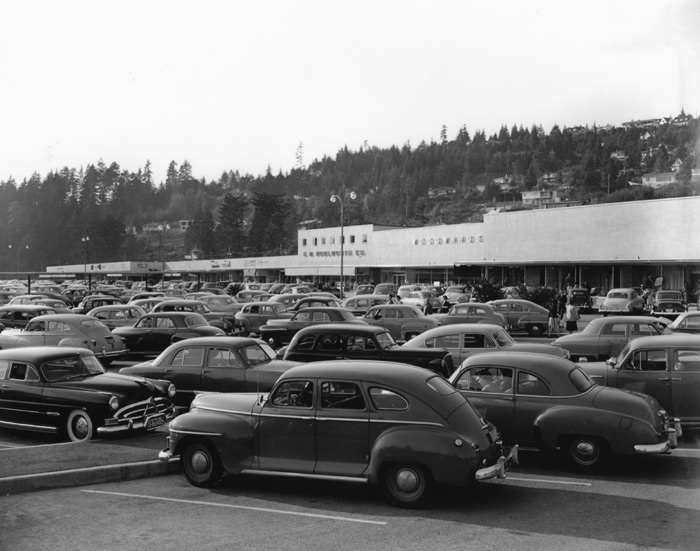SO YOU’RE PLANNING ON STARTING A NEW CAR BUSINESS OR BECOMING A PART OF THE AUTOMOBILE MANUFACTURING INDUSTRY? WELL YOU’RE IN LUCK. WE HAVE ENCOMPASSED A LIST OF EVERYTHING YOU WOULD NEED TO KNOW FOR THE SAME
The auto manufacturing industry is considered to be highly labor intensive and requiring major capital. The major costs for producing and selling automobiles include the following: Labor: While machines and robots are playing a greater role in manufacturing vehicles, there are still substantial labor costs in designing and engineering automobiles. Materials: Everything from steel, aluminum, dashboards, seats, tires, etc. are purchased from suppliers. Advertising: Each year automakers spend billions on print and broadcast advertising; furthermore, they spent large amounts of money on market research to anticipate consumer trends and preferences.
AUTO PARTS MANUFACTURING:
The auto market is thought to be made primarily of automakers, but auto parts makes up another lucrative sector of the market. The major areas of auto parts manufacturing are:
Original Equipment Manufacturers (OEMs): The big auto manufacturers do produce some of their own parts, but they can’t produce every part and component that goes into a new vehicle. Companies in this industry manufacture everything from door handles to seats.
Replacement Parts Production and Distribution:
These are the parts that are replaced after the purchase of a vehicle. Air filters, oil filters and replacement lights are examples of products from this area of the sector.
Rubber Fabrication: This includes everything from tires, hoses, belts, etc. In the auto industry, a large proportion of revenue comes from selling automobiles. The parts market, however, is even more lucrative. For example, a new car might cost $18,000 to buy, but if you bought, from the automaker, all the parts needed to construct that car, it would cost 300-400% more.
Over and above the labor and material costs, there are other developments in the automobile industry that you must consider when analyzing an automobile company. Globalization, the tendency of world investment and businesses to move from national and domestic markets to a worldwide environment, is a huge factor affecting the auto market. More than ever, it is becoming easier for foreign automakers to enter the markets of other countries.
KEY RATIOS/TERMS
Fleet Sales: Traditionally, these are high-volume sales designated to come from large companies and government agencies. These sales are almost always at discount prices. In the past several years, auto makers have been extending fleet sales to small businesses and other associations.
Seasonally Adjusted Annual Rate of Sales (SAAR): Most auto makers experience increased sales during the second quarter (April to June), and sales tend to be sluggish between November and January. For this reason, it is important to compare sales figures to the same period of the previous year. The adjustment factors are released each year by the U.S. Bureau of Economic Analysis.
Sales Reports: Many of the large auto makers release their preliminary sales figures from the previous month on a monthly basis. This can give you an indication of the current trends in the industry. The sales reports are released monthly. Watch out if sales inventory climbs significantly above 60 days worth.




























